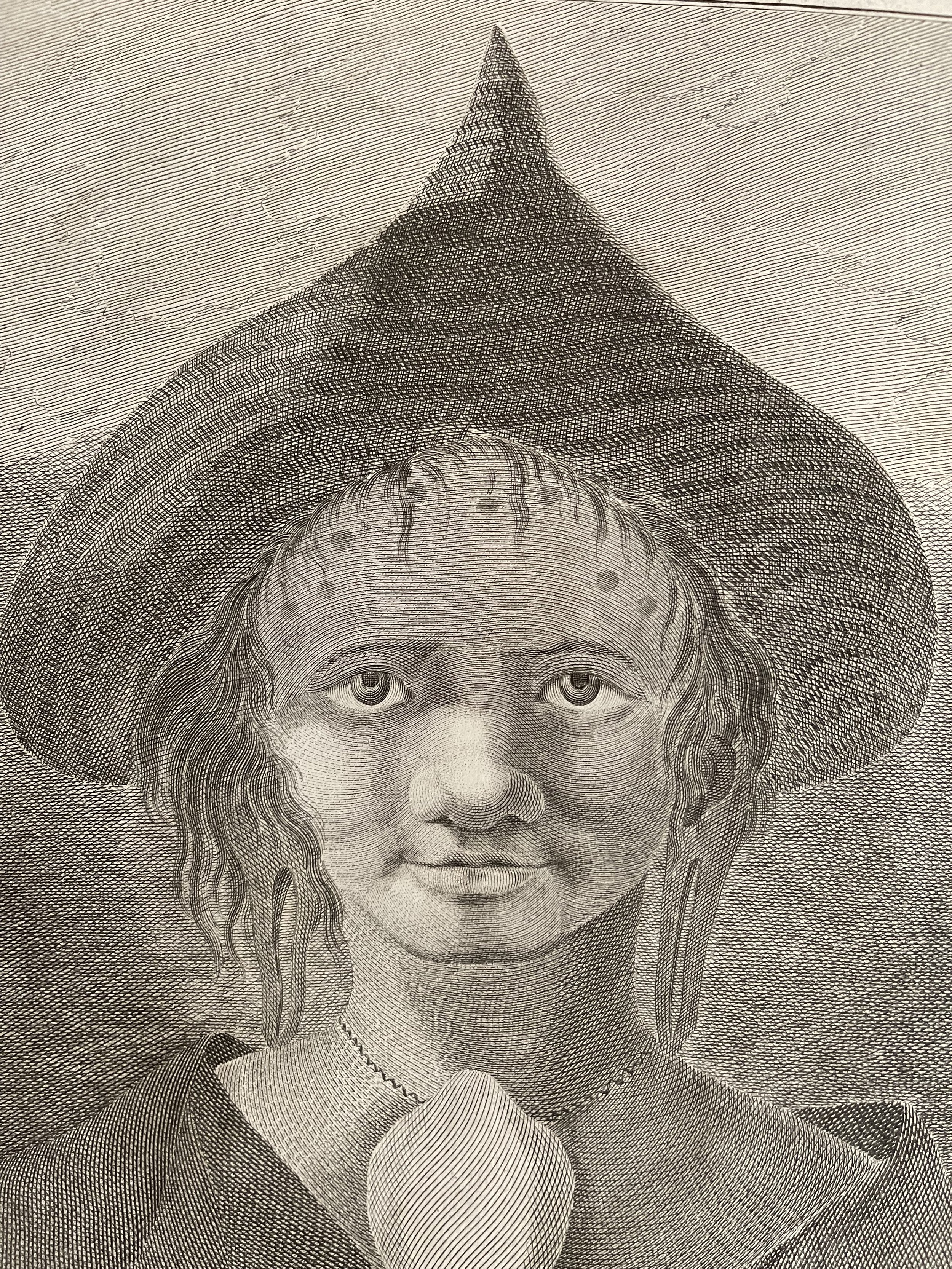Code : A84
Cartographer : Cartographer / Engraver / Publisher: Jaques Renaud Direxit
Date : Publication Place / Date - 1777-7778 Approx
Size : Sheet size: Image Size: 20.9 x 27.5 cm
Availability : Available
Type - Genuine Antique
Grading - A-
Tracked postage, in casement. Please contact me for postal quotation outside of the UK.



